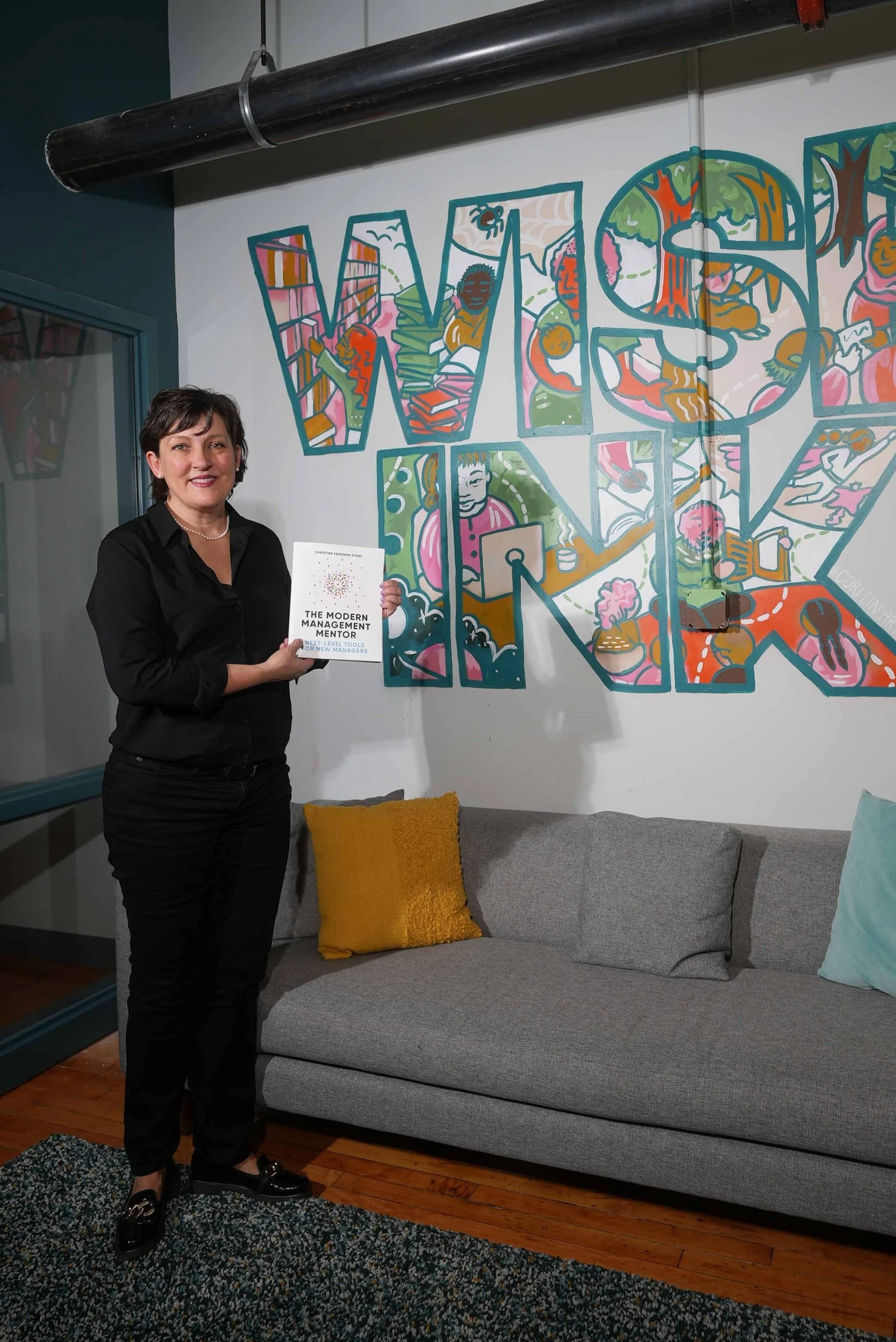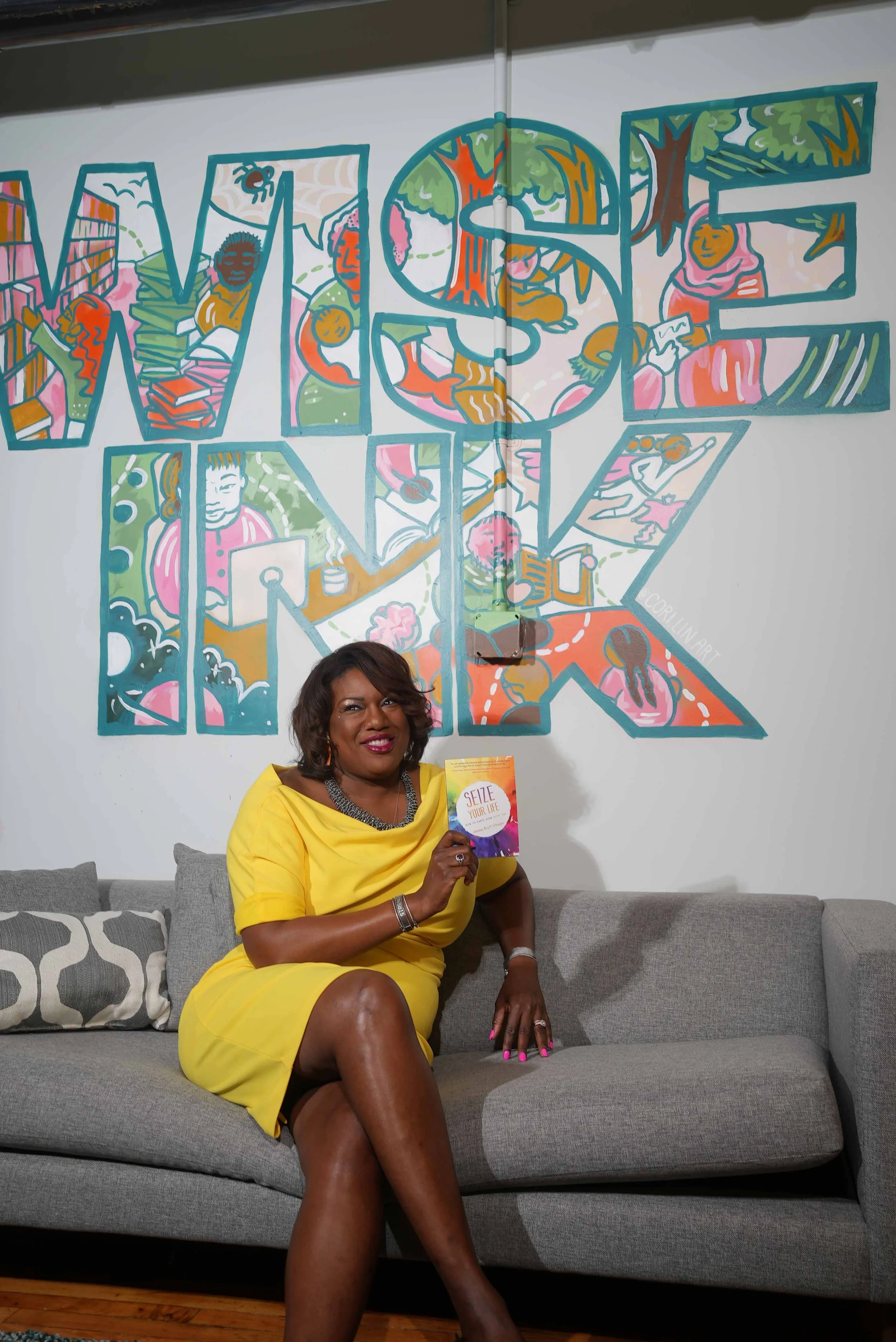Publish
Wise Ink Media started as a publishing company for game-changing authors and thought leaders. Helping first-time authors, seasoned writers, and large organizations publish is central to who we are as a media agency. Our publishing department provides full-service support for projects at any stage—from a new concept to a published book with aesthetic and literary merit. We believe in the power of the written word to change minds, embody values, and found movements.
our process

Wise Ink is a Minneapolis-based hybrid publisher that combines the quality and distribution of a traditional press with the creative freedom of indie publishing. We involve authors throughout the traditional book production process to release professional books that match our authors’ impact goals. Wise Ink books are edited and designed to industry standards in a traditional production process guided by a project manager. We provide support, guidance, and project management from the start of their projects through printing, marketing, and distribution.
White label packages for nonprofits and businesses are also available. We do not currently accept submissions of novels or poetry.
Our publishing Process
Editing
-
Developmental editing addresses the structural issues of your book’s first draft. The best developmental editors help you understand how to outline a book, then give you writing advice chapter by chapter to ensure that your vision is successfully executed. Your editor will leave in-line suggestions for rewriting chapters, sections, paragraphs, and sentences. Once your manuscript is finalized in the developmental editing phase, at least one round of copyediting is usually required.
Developmental editing:
Helps refine your book’s overall structure, voice, and themes
Provides comments in your manuscript, but lets you implement the changes you want to keep
Comes with an editorial letter with revision suggestions
Does not look for errors in grammar, style, and usage
-
When you have a solid draft in its entirety that has been reviewed by beta readers and/or has had developmental editing, you are ready for a copyedit. The standard copyedit addresses grammar, spelling, punctuation and other mechanics of style. This edit will tighten up wordy prose and eliminate awkward sentences and phrases; this is your last line of defense to make your book as polished as possible.
Copyediting:
Ensures consistency in all mechanical matters—spelling, punctuation, hyphenation, abbreviation, format of lists, etc according to the Chicago Manual of Style
Corrects all errors in grammar, syntax, and language usage
Points out or revises sections that seem wordy or convoluted
Queries any facts that seem incorrect
Queries faulty organization and gaps in logic
-
Authors hire professional sensitivity readers when their books are about identities and social issues the author wishes to address with care. Past sensitivity readings for our clients have helped them intentionally communicate ideas about gender, race, sexuality, and multiculturalism. A sensitivity read typically consists of in-manuscript comments and a brief editorial letter with the editor’s suggestions for improvement. Professional sensitivity readers are matched with projects based on their expertise with a book’s subject matter.
Production
-
Design is our favorite stage in publishing, because it is when your book is formatted to become what you envisioned. Our authors conduct cover design research in advance to provide thoughtful direction to your designer. In this phase we’ll finalize your book’s trim size, format, price, and branding elements for use across your author platform.
Our authors tell us what they like in design, point to examples, and use descriptive words and phrases, which might include:
Brand colors
Specific images or styles of photography
Particular patterns (classic, modern, French-inspired)
Specific styles of designs (Typography-driven, minimalist, etc)
We use mood boards, worksheets, and example images to make sure we’re on the same page as our designers. Usually, book cover designers will create one to three initial cover design options. Then, a book’s author and project manager come together to suggest changes. We usually go through one to two rounds of cover revisions with the designer before we consider the cover complete.
-
Our book designers provide a few sample layouts of a book’s interior before authors approve a final interior design direction. Once a design direction is approved, the designer flows the text from its original format into industry-standard design software to get to the first full draft of a book’s interior. Usually the author submits one round of revisions on the book’s interior design before we consider the interior design complete.
-
We work with professional book illustrators who are educated in print specifications, ensuring that the files they deliver to the book designer are compatible with our printers’ needs.
Authors provide illustration inspiration in the form of names, reference images, and descriptions of the type of illustration that matches their vision. Then, our project managers query multiple illustrators on timeline and budget to present illustrator choices for the author.
Once an illustrator comes on board for a project, they begin with sketches of the book’s main characters (where applicable), or most important visual themes before proceeding with a full storyboard. The project manager and author meet to discuss the storyboard and compile feedback before giving the illustrator approval to finalize the images.
Our illustrators typically are work-for-hire, meaning that authors have exclusive commercial rights to the illustrator’s work. (While the illustrator can exhibit the work in their portfolio, they cannot, for example, sell merchandise with the illustrations on them.)
Upon delivery of the final illustrations, we send them to the book’s designer to implement in the final layout.
Design
-
Proofreaders simply look for typographical and mechanical errors. Usually this step takes place after the book has been laid out in PDF form. No changes are made to content in this stage. Proofreaders are focused on catching lingering errors and identifying any mistakes or inconsistencies introduced by the designer. The proofreader’s edits are less numerous and less in-depth than the copyeditor’s. In this step, anything other than tiny tweaks should have been corrected already. The proofreading stage is your last chance to change anything minor in your book, and include any small components (like a dedication or acknowledgments) that you haven’t added yet.
Proofreading:
Ensures consistency in all mechanical matters—spelling, punctuation, hyphenation, abbreviation, the format of lists, etc.
Corrects all indisputable errors in grammar, syntax, and usage, but ignores things that are not outright errors
Corrects errors introduced during typesetting, including bad line breaks
-
Print-on-demand is both a printing process and a distribution method. In this production method, books do not exist until a customer orders one. Print-on-demand services distribute to most online retailers including Amazon and Barnes & Noble’s website. The books are manufactured in the quantities they are ordered, with the author being able to order small print runs at the cost to produce them plus shipping.
Print-on-demand tends to be the most expensive per-unit print option with the lowest overall quality and design flexibility. We recommend using it to print one-off books or small numbers. Print-on-demand titles may be ineligible for certain book awards, and some bookstores do not stock them as a general rule.
-
Digitally printed books are printed one page at a time on what are essentially fancier versions of office printers. They're more cost-effective for lower quantities, and can be printed at any page count, but can be of lesser quality than offset books. There are more design options available to authors through digital printers than for print-on-demand titles, and recent years have seen huge improvements to digital print quality.
-
This type of printing is typically for print runs of over a thousand books. It is the most economical option per unit, and the books produced are the highest quality.
This option also allows for the most customization (like foils, spot glosses, embossing, and special paper). Offset books are printed in "signatures" (page groups) of eight, so an offset book's page count must be divisible by eight. This is the manufacturing method that most traditional presses use to produce their books.
-
Item description
Our process includes one-on-one marketing guidance, resources, and open office hours. Marketing plan execution, website building, digital advertising, and more are available through our marketing department.
Our Authors
christine sandman stone
As an organizational and leadership consultant, Christine uses her insights from her time working for elite companies like Dell, McDonald’s, Volkswagen, and many tech start-ups to help leaders thrive. Her books The Parent Track and The Modern Management Mentor help high-achieving leaders scale their impact.
Nancy Lyons
CEO of Clockwork, a tech company rated one of the best places to work. Nancy is also a speaker and advocate for marginalized voices in tech. Her book, Work Like a Boss, is a guide for stepping into your own power at work.
Jasmine brett stringer
Jasmine is a keynote speaker, award-winning author of Seize Your Life: How to Carpe Diem Every Day, on-air TV personality, and host of the podcast and lifestyle blog Carpe Diem with Jasmine. Her approach to creating a life of one’s own has inspired thousands of people across the world to carpe diem!
tracy moore
Tracy served as a Minneapolis firefighter and Captain for more than twenty years. She interviewed her female firefighting coworkers, combined and dramatized the stories to create four fictional characters to craft the novel, The Fire She Fights.





